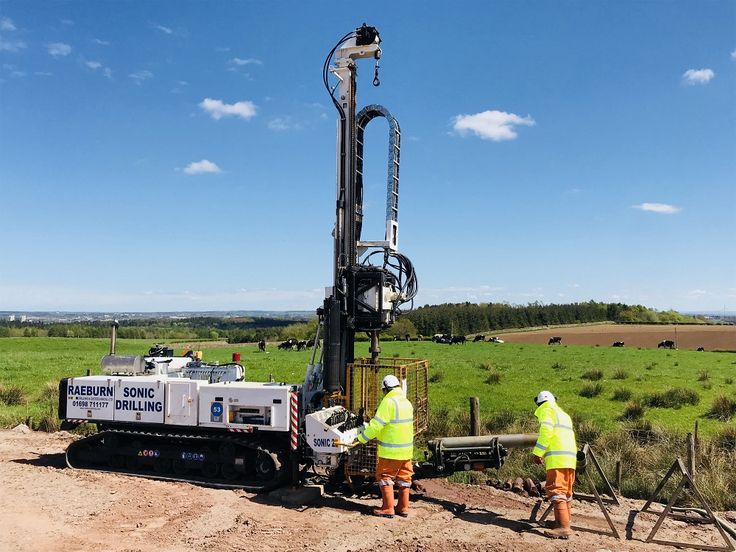Conducting a detailed site investigation (DSI) is crucial for understanding the conditions of a property, especially in the realms of construction, environmental assessment, and real estate development detailed site investigation. A thorough DSI helps identify potential hazards, environmental impacts, and suitability for the intended use. In this blog post, we’ll outline a step-by-step guide to conducting a successful detailed site investigation.

Step 1: Define Objectives and Scope
Before diving into the investigation, clarify the objectives. Are you assessing the site for a new construction project, or are you evaluating environmental concerns? Defining the scope will guide the investigation process, including the types of data to collect and the methodologies to employ.
Key Considerations:
- Regulatory requirements
- Stakeholder interests
- Specific site characteristics
Step 2: Review Existing Data
Gather and review any existing data related to the site. This may include previous investigation reports, historical records, topographical maps, and land use history. Understanding the site’s background can inform your investigation strategy and help identify potential areas of concern.
Sources of Existing Data:
- Public records and databases
- Previous environmental assessments
- Local government planning documents
Step 3: Develop a Site Investigation Plan
Create a detailed plan outlining the methods, tools, and resources needed for the investigation. This plan should include:
- Sampling methods: Decide on soil, water, and air sampling techniques.
- Investigation techniques: Choose between geophysical surveys, borehole drilling, and other techniques.
- Timeline: Establish a schedule for completing the investigation.
- Budget: Estimate costs associated with personnel, equipment, and laboratory analysis.
Step 4: Conduct Preliminary Site Visits
Perform initial site visits to observe physical conditions and gather qualitative data. This step allows you to visually assess the site, noting any obvious hazards, existing structures, and vegetation. Use this opportunity to meet with site personnel and gather local knowledge.
Observations to Make:
- Site access and topography
- Evidence of contamination (stains, odors, etc.)
- Nearby land use and potential impacts
Step 5: Collect Samples
With your investigation plan in hand, proceed to collect samples according to the established methods. Ensure that proper protocols are followed for sampling, labeling, and chain-of-custody documentation. This step is critical for ensuring the reliability and accuracy of your results.
Sample Types:
- Soil: Assess for contamination and stability.
- Groundwater: Analyze for pollutants and hydrological properties.
- Air: Monitor for airborne contaminants.
Step 6: Analyze Data
Once samples are collected, send them to accredited laboratories for analysis. Upon receiving the results, compile and analyze the data to identify any contamination, structural concerns, or other issues that may impact the site’s usability.
Analysis Techniques:
- Statistical analysis of contaminant levels
- Comparison with regulatory standards
- Risk assessment modeling
Step 7: Prepare a Detailed Report
Document all findings in a comprehensive report that summarizes the investigation process, data analysis, and conclusions. This report should include:
- Executive summary
- Detailed methodology
- Findings and interpretations
- Recommendations for further action, if necessary
Step 8: Communicate Findings
Present your findings to stakeholders, which may include project managers, investors, regulatory agencies, and community members. Clear communication is essential to ensure that all parties understand the implications of the investigation results.
Presentation Tips:
- Use visuals (charts, graphs, maps) to illustrate key points.
- Be prepared to answer questions and address concerns.
- Highlight the significance of findings and next steps.
Conclusion
A detailed site investigation is an essential step in ensuring the safety and feasibility of a project. By following these steps, you can conduct a thorough investigation that provides valuable insights and helps mitigate risks. Whether you’re involved in environmental assessment, construction planning, or real estate development, a well-executed DSI lays the foundation for informed decision-making and project success.